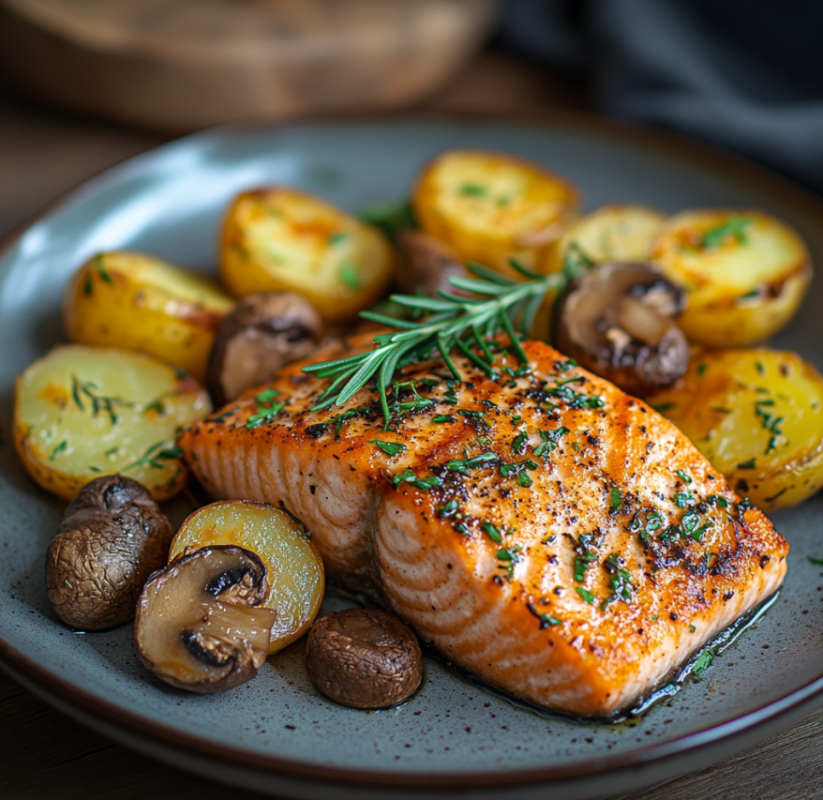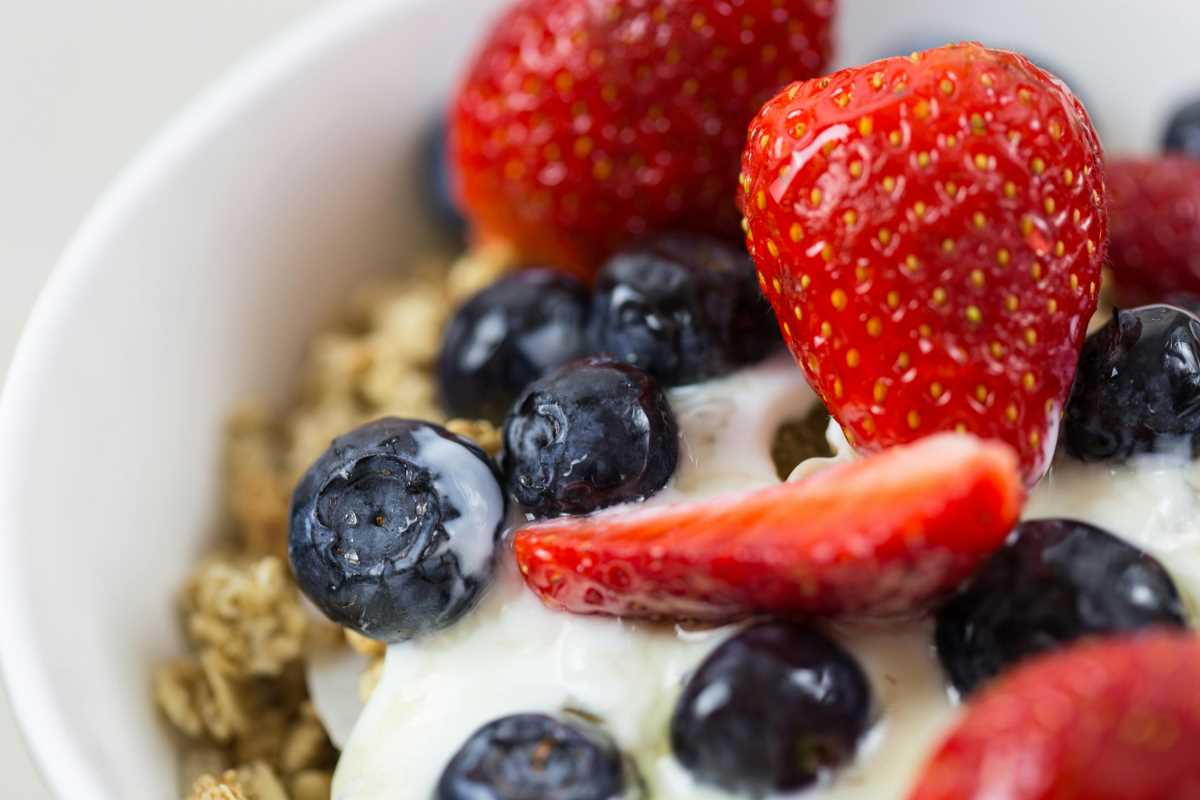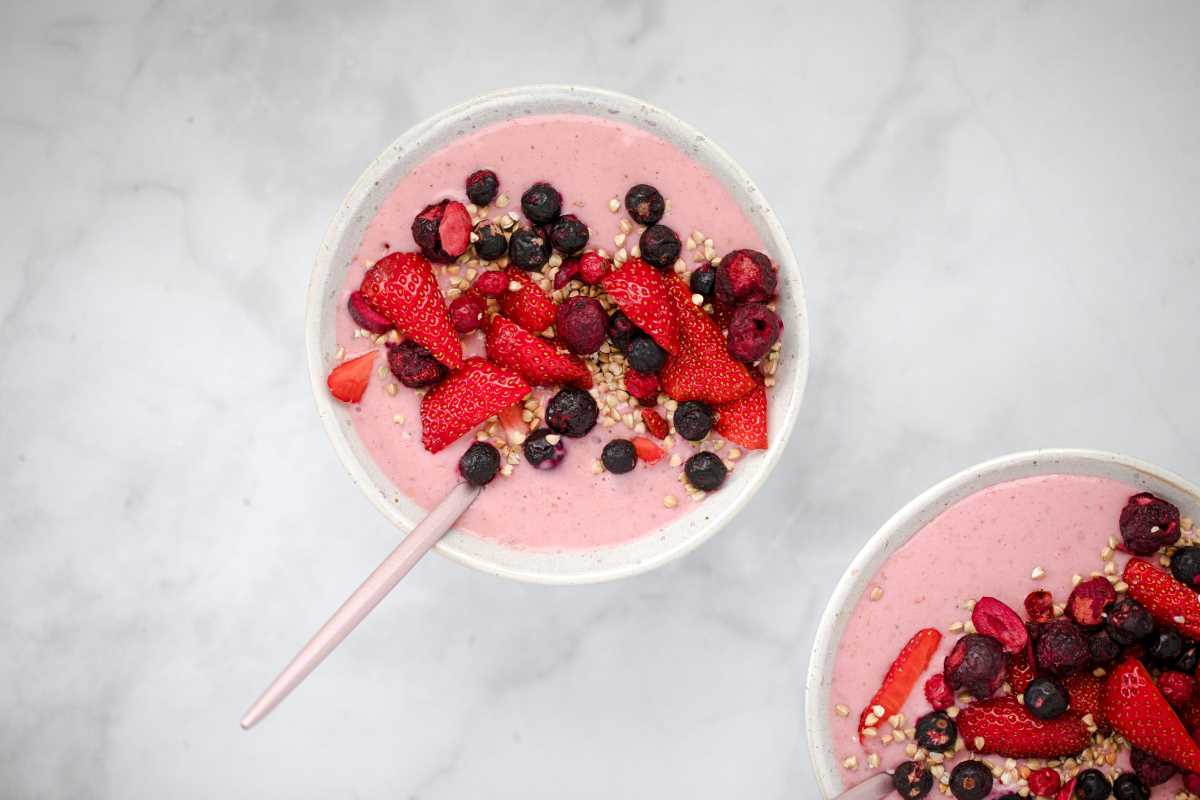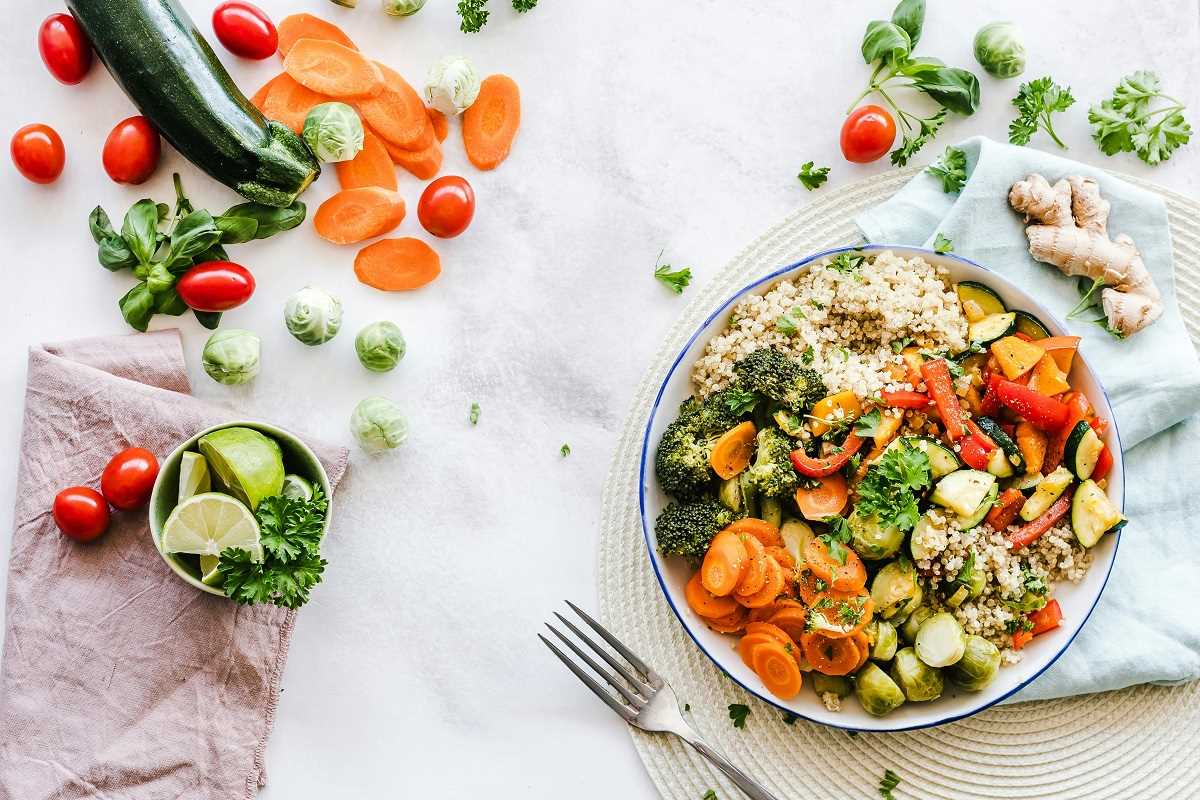Fast food gets a bad rap, and for good reason. It’s often associated with calorie-laden meals, excessive sodium, and a lack of wholesome options. For busy women juggling careers, families, and everything in between, visiting a drive-thru can feel like taking a shortcut that's bound to lead to regret. But what if you could enjoy the convenience of fast food and make healthier choices without sacrificing flavor? It’s easier than you think.
The key to eating healthily, even at fast-food chains, is knowledge. Not every menu item will leave you feeling weighed down. By understanding what to look for and making smarter decisions, you can treat yourself without the guilt or health concerns. Here’s a guide to help you savor your fast food experience while staying on track with your wellness goals.
What’s the Big Deal about Fast Food?
Before we explore tips for healthier choices, it’s helpful to understand why fast food often gets such a bad reputation. Most menu items are designed to be flavorful (and addictive), which means they’re packed with fats, sugars, and salt to keep your taste buds hooked. Portion sizes have also grown dramatically over the years, leading to meals that can contain more calories than most people need in an entire day. Add in sugary drinks and fried sides, and it’s no wonder fast food has become synonymous with unhealthy eating.
But not all fast food is created equal. Many restaurants now offer options that cater to health-conscious diners, and with a bit of careful ordering, you can enjoy a meal that leaves you satisfied without compromising your goals.
1. Choose Grilled Over Fried
This tip is easy to follow and makes a significant difference. Many fast food items are fried, from chicken tenders to fish fillets, but these options often add more calories and unhealthy fats compared to their grilled counterparts. When available, opt for grilled chicken sandwiches or wraps. Grilled items generally contain fewer calories and less grease while still packing plenty of flavor.
For example, a grilled chicken sandwich typically has around 300 calories, while its fried version can clock in at 500 calories or more. That’s a big change for such a small switch!
Pro Tip:
Skip the mayonnaise or creamy sauces on grilled items to avoid extra calories. Instead, enhance the flavor with mustard, fresh veggies, or a squeeze of lemon.
2. Go Light on the Bun
The bread used in fast food sandwiches and burgers can be deceptively high in calories. A single hamburger bun can contain more than 200 calories, often made with refined carbs that provide little nutritional value. If you’re watching carbs or trying to cut back, there are a few easy ways to manage this:
- Order the sandwich without the bun and go for a lettuce wrap instead (many restaurants now offer this option).
- Eat open-faced, where you keep just the bottom bun and ditch the top.
- Swap for a whole-grain bun if available for added fiber and nutrients.
By reducing carbs from your meal, you’ll still get to enjoy the toppings and flavors, but with fewer “empty” calories.
3. Pay Attention to Portion Sizes
Another way fast food sneaks extra calories into meals is through oversized portions. From oversized fries to extra-large sodas, many options are bigger than they need to be. A small adjustment here can make a big difference.
For instance:
- Order smaller sizes of sides like fries or onion rings. The smallest portion often satisfies cravings without overloading on calories.
- Choose kids' meals if you want a properly portioned meal. They often include smaller entrees, smaller sides, and healthier drink choices, like milk or water.
- Avoid value meals that group large portions together. These “bundles” often encourage overeating for the sake of saving a dollar or two.
4. Be Smart About Sides
Sides can be tempting, but they’re often where meals go from manageable to overwhelming. French fries, mozzarella sticks, and loaded nachos may sound appetizing, but they’re usually fried, salty, and calorie-dense. Instead, try these healthier alternatives:
- Side Salads: Many fast food chains now offer side salads with low-fat dressing for a fresh crunch that complements your meal.
- Fresh Fruit: Some places include fruit cups, apples, or other natural snacks as a side option. They’re sweet, refreshing, and a much healthier choice.
- Baked Potato (sans the toppings): A plain baked potato is a filling, wholesome side. Add just a dab of butter or sour cream to keep it flavorful.
When in doubt, choose something fresh or baked over something fried.
5. Watch Out for Sneaky Calories in Drinks
Fast food drinks are often a hidden source of excess sugar and calories. Sodas, milkshakes, and sweetened teas can quickly add hundreds of extra calories to your meal.
Consider these smarter drink options:
- Water is always best. It hydrates without adding calories.
- Unsweetened Iced Tea offers a flavorful beverage that’s free of sugar.
- Black Coffee or Coffee with Milk can be a comforting choice if you want something warm.
- Low-Calorie Lemonade or other reduced-sugar drinks can be a satisfying middle ground if you crave something sweet.
If soda is a must, stick to a small size or switch to diet versions.
6. Build a Healthier Salad
Salads seem like the healthiest option on a fast-food menu, but they can be sneaky. Toppings like fried chicken, cheese, bacon bits, and creamy dressings can pile on the calories and fat. If you’re eyeing the salad section, follow these tips:
- Choose Grilled Proteins: Opt for grilled chicken or shrimp instead of crispy fried versions.
- Go Easy on the Cheese and Toppings: A sprinkle of cheese or nuts is fine, but avoid overloading your salad with calorie-dense extras like croutons or bacon.
- Dress Smartly: Use low-fat dressings or vinaigrettes, and ask for them on the side to control how much you use.
A carefully chosen salad can be one of the most nutrient-packed options on the menu!
7. Add Flavor With Veggies
When crafting your order, always say “yes” to extra veggies. Lettuce, tomatoes, onions, cucumbers, and peppers not only boost the flavor of your meal but also increase its nutritional value. These low-calorie additions are rich in vitamins and fiber, helping you feel fuller for longer.
If you’re building your own burger or wrap, ask for double the veggies or extra pickles for a crunchy, zesty bite.
8. Think Beyond Burgers
Many people associate fast food with burgers, but there are often other menu items that fit the bill for a balanced, healthier meal. Explore options like:
- Veggie wraps
- Grilled chicken salads
- Soups or chili (provided they’re not cream-based)
- Protein snack boxes (some chains offer pre-packed boxes with boiled eggs, fruit, and nuts)
These alternative entrees tend to be lighter, more nutrient-dense choices.
9. Keep It Occasional
Even with all the healthiest customizations, fast food should be a treat, not a routine. Cooking meals at home gives you more control over ingredients, portion sizes, and nutritional content. Treat fast food as an emergency option or an indulgence, saving it for moments when you truly need the convenience.
Eating fast food doesn't have to derail your health goals. By making small, thoughtful changes to your order, you can enjoy flavorful meals that align with a balanced lifestyle. The key is to go in armed with the knowledge of what works best for you, paired with a dash of self-control.
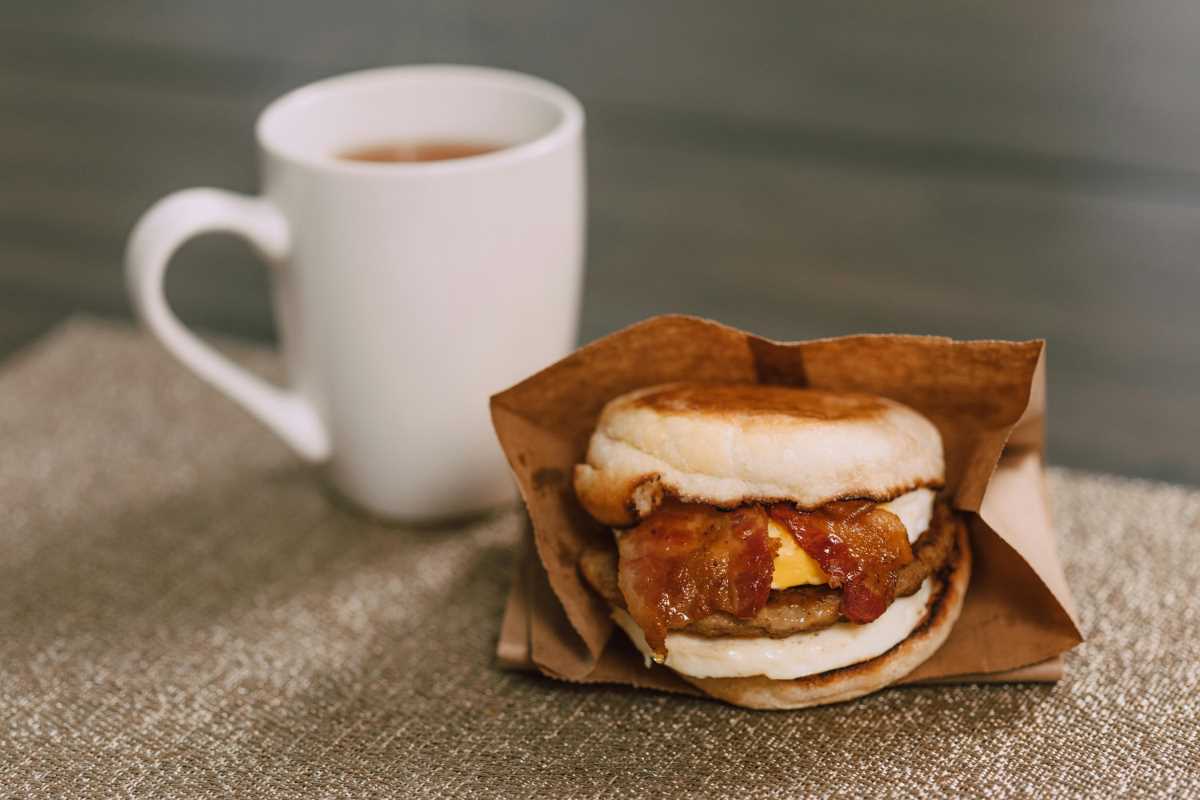 (Image via
(Image via
